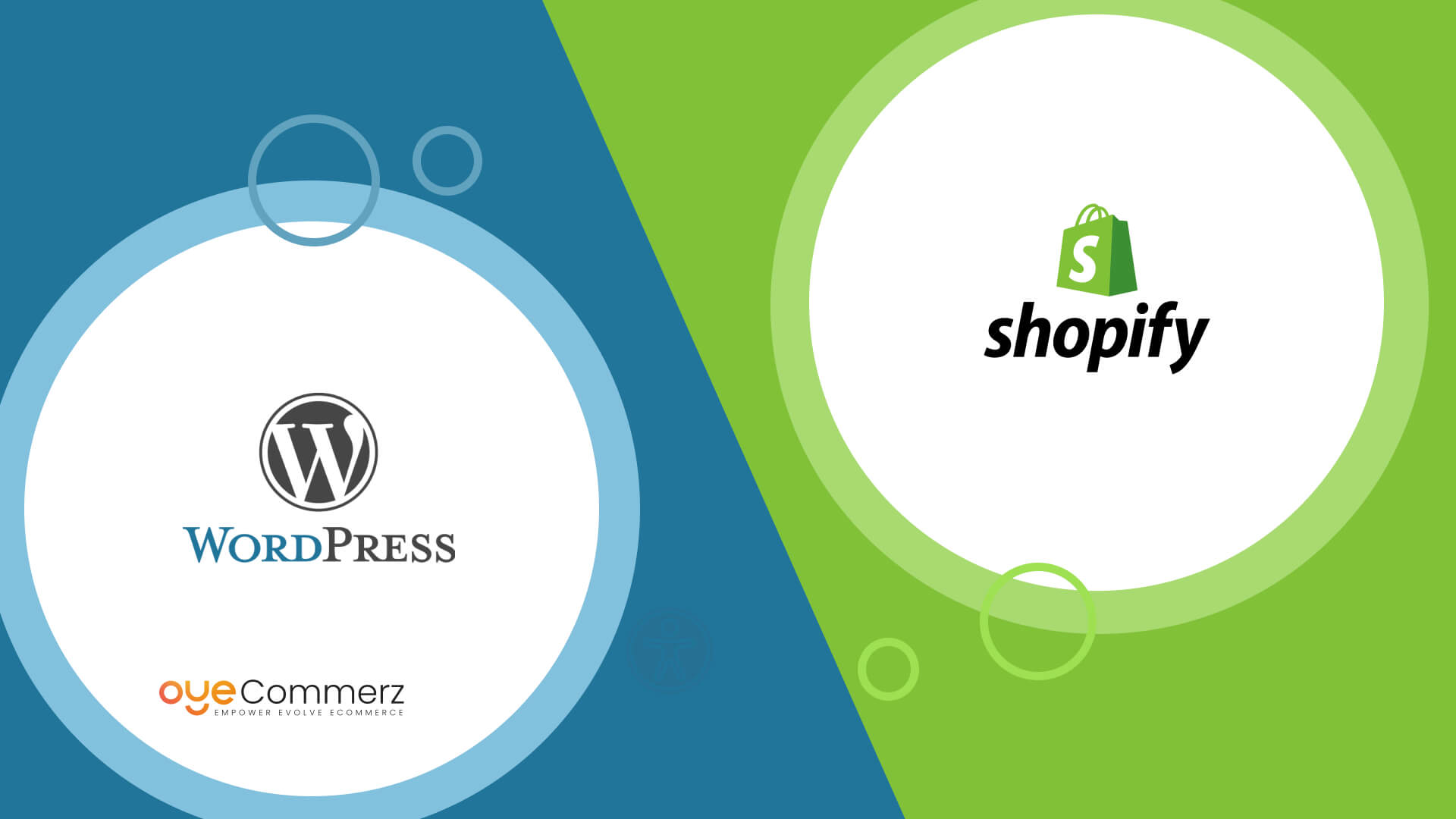Transitioning from WordPress to Shopify marks an exciting step in streamlining your e-commerce processes. As businesses grow, choosing a solution that aligns with growth potential, user experience, and flexibility becomes crucial. Shopify is widely recognized as a preferred choice for online merchants, providing unmatched adaptability, security, and user-friendliness. In this guide, we will delve into why this migration is a game-changer, highlight the benefits, and share actionable steps to facilitate a seamless move.
1. Why Migrate from WP to Shopify?
The combination of WordPress and WooCommerce, continues to support countless online stores. Nevertheless, as businesses scale, challenges like reliance on plugins, security vulnerabilities, and complex setups often obstruct growth. Shopify, specifically created for e-commerce, addresses these issues with an all-in-one, user-friendly solution. Real data supports this shift—Shopify powers over 4.4 million websites globally, with a reported 10% boost to sales performance for numerous merchants after migration.
2. Key Benefits of Shopify for E-commerce Success
Shopify’s powerful platform is tailored for scaling brands. Its notable features are:
- Seamless Customization: Shopify provides over 80 expertly crafted themes.
- Integrated Tools: Features like Shopify Payments and built-in SEO streamline operations.
- Global Reach: Currency versatility and regional customization enable brands to expand internationally.
Additionally, Shopify boasts an availability percentage of 99.98%, ensuring your store remains accessible.
3. Getting Ready for Your WP-to-Shopify Transition
Before migrating, assess your existing setup. Review product data, customer details, and search engine rankings. Tools like Shopify’s Migration Kit or third-party solutions help ease the transition. Create a detailed strategy, ensuring all resources—product descriptions, images, and articles—are optimized for transfer.
4. The Importance of Accurate Data Migration
Transferring your data forms the foundation for a successful platform switch. When migrating from WordPress to Shopify, focus on:
- Product Information: SKU, item summaries, and groupings.
- Customer Data: Emails, purchase records, and preferences.
- Search Engine Considerations: Preserve meta tags, URLs, and forwarding paths to maintain search rankings.
Leverage apps like LitExtension to streamline data transfer while minimizing errors.
5. Customizing Your Shopify Store
After the move, personalizing your Shopify store ensures it aligns with your brand. Take advantage of Shopify’s intuitive page Shopify theme customization builder to design pages effortlessly. Shopify's templates are mobile-responsive, ensuring a seamless user experience across platforms—a critical factor, since 74% of e-commerce traffic is generated by mobile users.
6. Maintaining SEO During Migration
Search engine optimization is crucial for maintaining your online presence during migration. Shopify excels in SEO with organized link formatting, built-in optimization tools, and seamless blog integration. Make sure you:
- Implement 301 redirects for old URLs.
- Optimize new pages with targeted phrases.
- Leverage plugins like Plug in SEO to monitor performance after the switch.
7. Essential Tests After Migrating to Shopify
Once the migration is complete, run detailed checks.
Check: - Page load times (Shopify delivers faster speeds in contrast with WordPress).
- Functionality of payment gateways and transaction flow.
- Mobile responsiveness.
Testing ensures your store delivers a seamless shopping journey from day one.
8. Real-Life Success Story
One such migration success story is Gymshark, a sportswear company that moved to Shopify. Post-migration, the company saw a 60% increase in mobile sales and significantly lowered site downtime. This highlights the potential of Shopify in driving e-commerce growth.
9. Challenges and Solutions
Migration is not without obstacles, such as information accuracy and adjusting tailored features. However, Shopify’s extensive assistance and third-party experts make overcoming these hurdles manageable. Partnering with qualified Shopify developers helps guarantee a smooth transition.
10. Making the Switch: The First Step Toward Success
Switching from WordPress to Shopify marks a strategic approach to online retail. By addressing scalability, simplifying management, and enhancing the customer experience, Shopify empowers businesses to thrive Shopify API integration in challenging industries.
Conclusion
Switching from WP to Shopify offers a smart solution that can greatly enhance your e-commerce success. With a robust migration plan, the appropriate resources, and expert support, you can unlock new growth opportunities.
Excited to start the journey? Reach out today to learn how our Shopify migration services can transform your online store. Contact us now, or consider: Is it time to seize Shopify’s advantages for your store?
